Search
Search Results
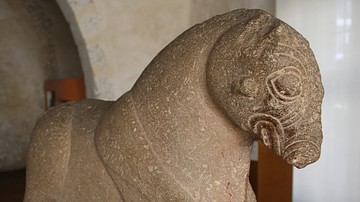
Image
Iberian Bull Sculpture
Iberian-Celtic bull sculpture from Saguntum (Sagunto), Spain. 4th century BCE. (Archaeological Museum, Sagunto)
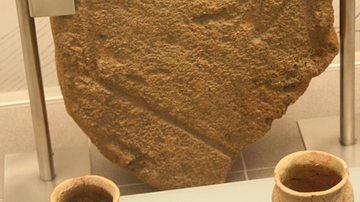
Image
Iberian Funeral Stela
An Iberian funeral stela from Empuries. The design shows a a coiled iron spear or soliferreum, an action which was customary on burial. 6th century BCE. (Archaeological Museum, Empuries, Spain)

Definition
Carthago Nova
Carthago Nova (modern-day Cartagena) was a city on the southern Iberian Peninsula, Spain, originally known as Mastia. Human habitation of the region predates the Neolithic Period, but the area around the site of Carthago Nova seems to have...
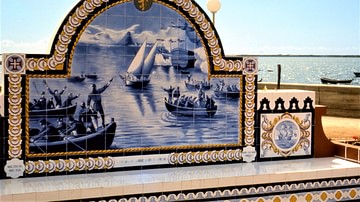
Article
Azulejos: The Visual Art of Portugal
Glazed blue ceramic tiles or azulejos are everywhere in Portugal. They decorate the winding streets of the capital, Lisbon. They cover the walls of train stations, restaurants, bars, public murals, and fountains, churches, and altar fronts...
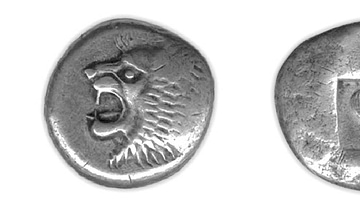
Article
Colchis & Iberia in Antiquity
Colchis (western Georgia) and Kartli/Iberia (eastern and southern Georgia) were important regions in the Caucasus area of Eurasia from the Bronze Age of the 15th century BCE. Prospering through agriculture and trade, the region attracted...
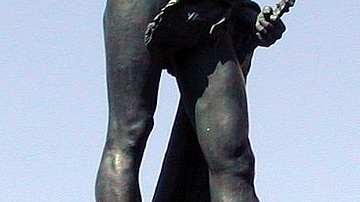
Definition
Viriathus
Viriathus (c. 180-140 BCE) was the leader of the Lusitani in their war with Rome. In 150 Viriathus escaped the Roman massacre and enslavement of Lusitani who had surrendered peacefully. Viriathus continued to fight in the resistance and rose...
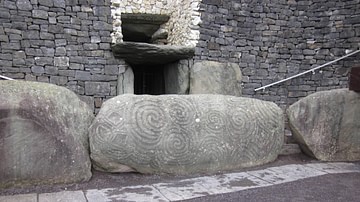
Definition
Newgrange
Newgrange is a Neolithic monument located in the region of Bru na Boinne, County Meath, Ireland. The name is fairly modern and comes from the 'newer' grange (farm) of the monks of Mellifont Abbey near Drogheda 8 miles (14 km) north. Although...

Definition
Ancient Korea
Korea, located on a large peninsula on the eastern coast of the Asian mainland, has been inhabited since Neolithic times. The first recognisable political state was Gojoseon in the second half of the first millennium BCE. From the 1st century...
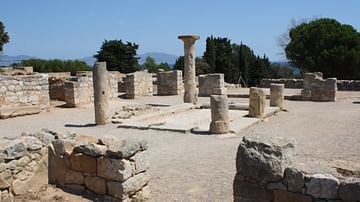
Definition
Empuries
Empuries (also Emporiae or Emporion) was a Greek and then Roman colony on the northeastern coast of Spain. Thriving as a local and Mediterranean trading centre, it prospered from the 6th century BCE to the 2nd century CE. Several times the...

Article
Education in Roman Spain
There was no compulsory state education for children in any of the western provinces of the Roman Empire. The primary sources are sparse when it comes to the education in Roman Spain, and while some scholars argue for a network of schools...